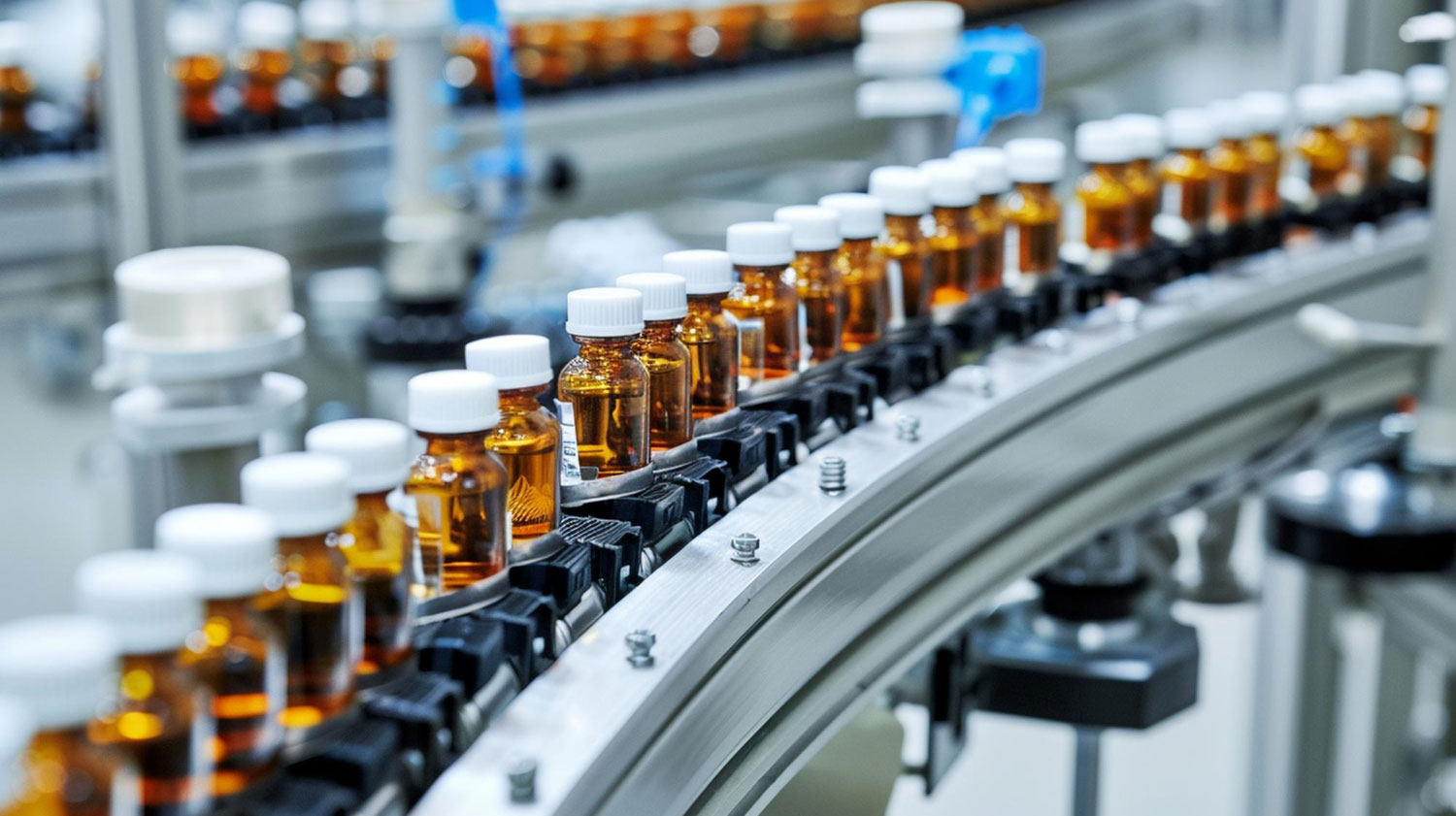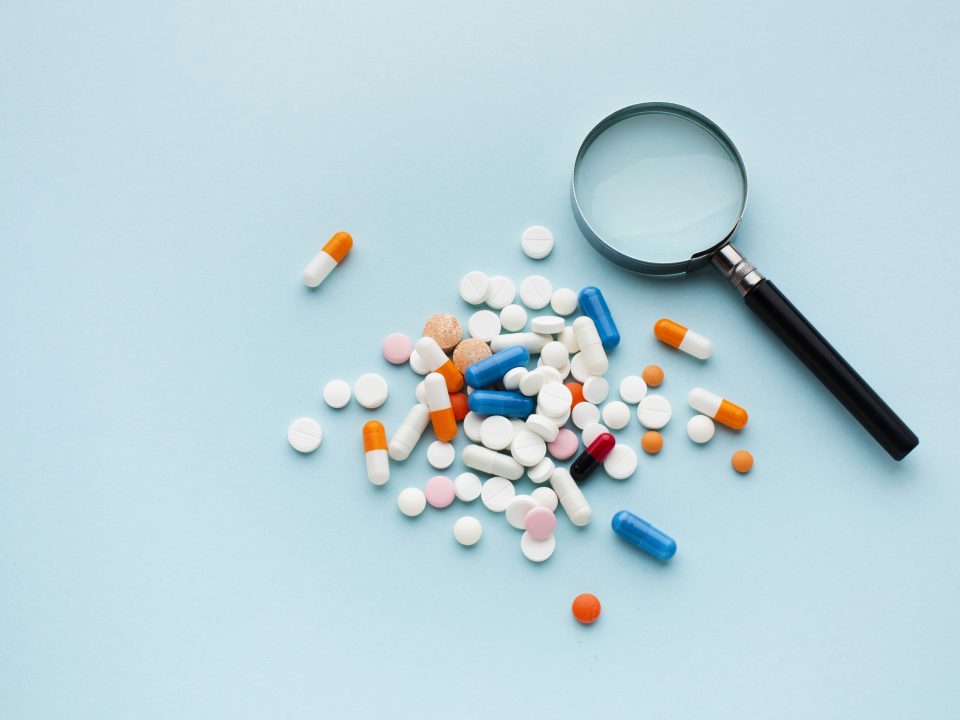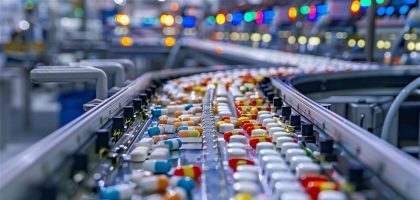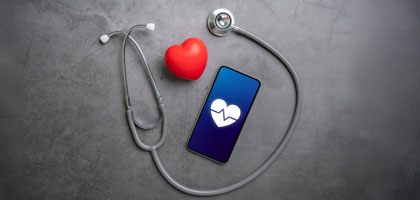
Blog
What is a Drug Recall and Why Are Drugs Recalled?
Ensuring patient safety and efficient medication management is an obligation in today’s rapidly evolving pharmaceutical industry. This necessity includes maintaining the delicate balance between innovation and pharmaceutical safety and drug recalls is an integral part of this ecosystem. Pharmaceutical recalls, which can occur at different levels from the consumer level to the distributor level, are swift actions taken to protect public health when drugs fail to meet quality and safety standards. A drug recall, which can be triggered by manufacturing errors, mislabelling or unforeseen side effects, underscores the complexity of drug production and the importance of well-structured tracking and tracing systems. The role of regulatory bodies like the United States Food and Drug Administration (FDA) and European Medicines Agency (EMA) is vital in this context; they guarantee that the recall process is conducted in full compliance with safety regulations and provide guidance to minimize health risks. In parallel, logistics and effective communication among stakeholders play a crucial role in ensuring timely recalls, preventing further distribution of faulty drugs and minimizing disruptions to patient safety.
As Tiga Healthcare Technologies, we overcome the challenges encountered in the pharmaceutical industry through our advanced Pharmaceutical Track and Trace System, branded as DrugXafe. This system, which is a member of our Drug Traceability product family, mitigates risks related to medication errors, empowers stakeholders, navigates the complexities of modern pharmaceutical supply chain management and enables efficient management of the recall process for unsafe or defective medications. DrugXafe and its mobile application enhance patient safety, boost transparency across the entire pharmaceutical supply chain and optimize recall workflows within the industry.
As a leader in the healthcare IT landscape, we explore the multifaceted aspects of drug recalls in this blog. Today, we answer the question of ‘What is a drug recall?’ by focusing on the reasons for the recall of pharma products, drug recall procedure in supply chain, the impacts of pharmaceutical recalls and actions to be taken during a medication recall. By understanding these dynamics, healthcare professionals, authorities and patients can detect the challenges and responsibilities related to drug recalls, creating a more connected and safer pharmaceutical ecosystem for all.

What is a Drug Recall?
The FDA identifies drug recall as the most effective way of protecting the general population from a potentially harmful product. A recall of a medicine is an action initiated by a company, either voluntarily or as required by regulatory authorities, to remove a defective pharmaceutical from the market. Additionally, this action includes giving a warning to patients and consumers about the pharmaceutical’s potential risks.
Pharmaceutical recalls happen when a drug’s developer generally realizes that the drug has problems that could negatively affect human health. Moreover, national and international regulatory agencies may request a drug recall based on various factors, including feedbacks of risky aspects from the public, scientific studies, manufacturing errors, supply chain issues, expiration date concerns or even economic factors. In addition to the request, agencies such as the FDA, EMA and Medicines and Healthcare products Regulatory Agency (MHRA) monitor the safety, efficacy and quality of drugs, assess complaints and reports from consumers and companies, facilitate communication with consumers, healthcare providers and distributors during recalls and oversee the proper implementation of recalls. The crucial role of these agencies is to ensure effectiveness and, when necessary, enforce additional actions within drug recalls.
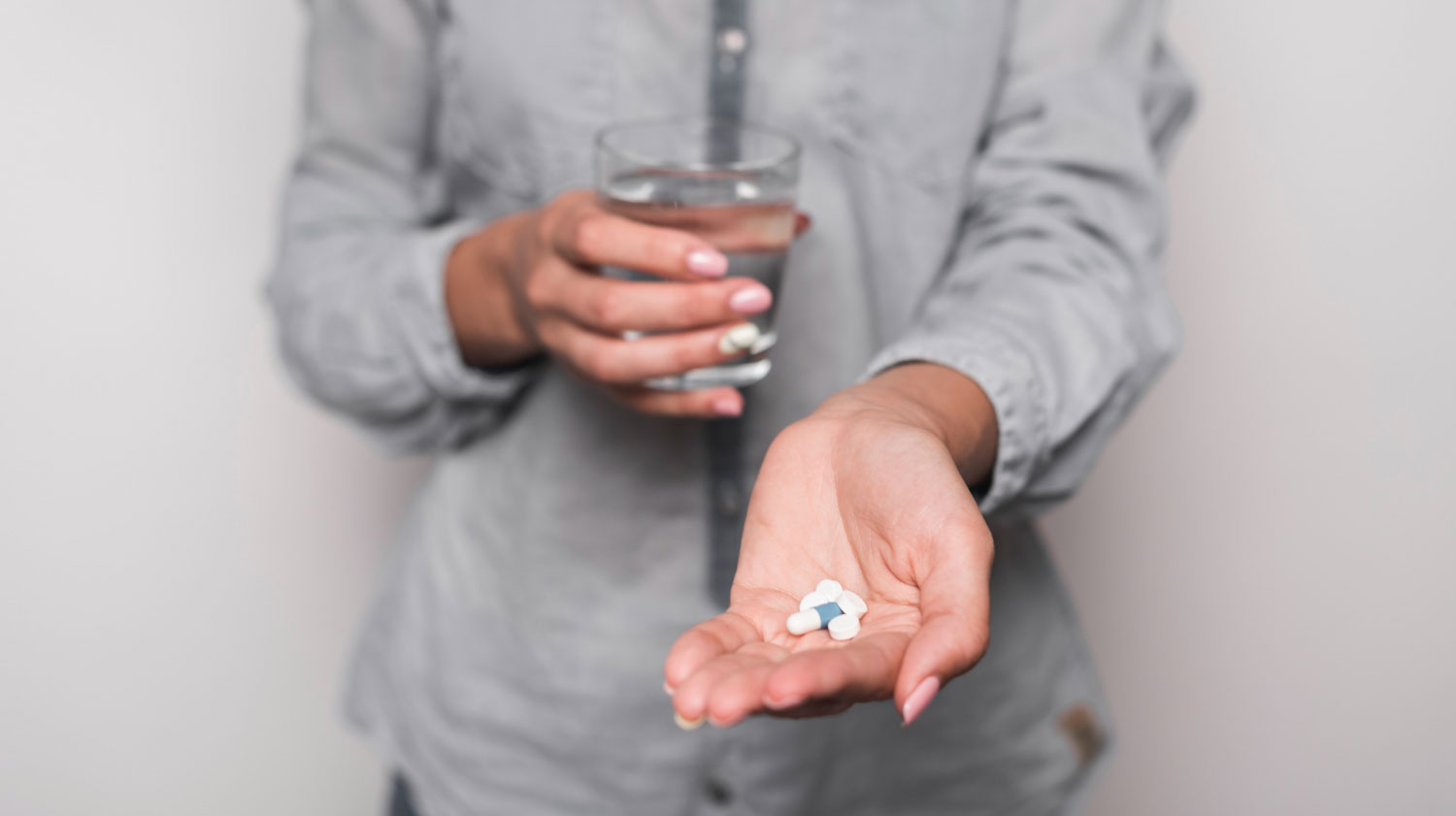
Pharmaceutical recalls affect all stakeholders of the industry from health authorities to citizens. For example, the adverse effects of a drug that should have been recalled but was not can lead to an increase in emergency visits, hospitalizations and follow-up treatments; in some cases, it may even result in life-threatening risks and fatalities. This action may also cause financial losses; high expenses related to recalling pharmaceuticals and informing stakeholders can emerge and affected patients or healthcare providers may sue the manufacturer or distributor of a recalled medicine. Because of the lawsuits, patients might switch to alternative brands and pharmaceutical companies lose consumer trust. In addition, regulatory agencies may impose strict compliance measures, audits or penalties on the developers of recalled drugs. Ongoing investigations and regulations have the potential of delaying approval of new medications from the developers. Pharmaceutical recalls impact both individual stakeholders and the entire health ecosystem. This circumstance underscores the significant role of implementing accurate quality assurance measures and maintaining quick response capabilities to detect the potential risk of a medicine.
The drug recall process generally follows three phases:
- Problem Identification and Risk Assessment: This phase involves the identification of the defect or issue with a drug like contamination or labelling error. The risk assessment part includes recall classification which is the evaluation of the drug’s potential risks to public health. The classification varies globally but generally aligns with levels of severity. For example, according to the FDA, Class I recalls indicate that the consumption of the drug may cause adverse health effects and death, Class II recalls reflect temporary or medically reversible risks and Class III recalls state minimal health effects. Although the risk assessment by the EMA is similar to these classifications and the severity is specified, such a clear classification system is not always preferred. Also, the World Health Organization (WHO) offers a comprehensive framework to support drug recall process, but it does not standardize specific classifications. In short, countries conduct a similar risk assessment with some classification differences.
- Notification and Communication: In the second phase, pharmaceutical firms must inform regulatory authorities like the FDA, EMA and MHRA, healthcare professionals, distributors and the public about the recall. This includes providing clear information on the drug, the issue and corrective actions. Notifications to healthcare professionals, hospitals and pharmacies ensure the prompt identification and isolation of defective products, as well as proper guidance on managing affected patients. Public communication, often carried out through media outlets, pharmacies and healthcare organizations, ensures that end-users are informed about the recall and know how to proceed such as returning or discontinuing use of the product. Transparency and timeliness remain universal requirements to maintain trust and minimize risks.
- Product Removal and Resolution: The final phase involves the removal of defective products from the supply chain and addressing underlying issues to prevent future occurrences. The affected pharmaceuticals must be collected from pharmacies, distributors and consumers and then disposed of in a controlled manner, ensuring compliance with environmental regulations and regulatory documentation. In some cases, reconditioning such as replacing incorrect labels with accurate ones allows products to be corrected for safe reuse. Effective supply chain management is critical to confirm the complete removal of recalled items while Corrective and Preventive Actions (CAPA), which is a quality management method used in quality management systems to produce a solution by analyzing the root cause of a problem or potential problem, focus on identifying root causes and implementing improvements in manufacturing and quality processes to avoid similar issues in the future.
Reasons for Drug Recalls
Some pharmaceutical recalls derive from minor circumstances like labeling which does not correspond to the requirements of the regulatory agency while others depend on serious situations which might reveal significant health risks. In this section, eight common reasons for drug recalls are explained.
Product Tampering or Counterfeiting
Product tampering or counterfeiting stands for situations where pharmaceutical products are altered or falsified with the intent to deceive consumers. Counterfeit and substandard drugs can have serious consequences such as ineffectiveness, harmfulness and life-threatening health conditions. Companies should implement strong security measures to detect and prevent counterfeit and substandard medicines to protect public health and their brand integrity. When a counterfeit or substandard drug or such illegal activities are discovered in the supply chain, a drug recall might be initiated to remove the affected products from the market.
Potential Contamination
Some drugs may be contaminated during the production or distribution process. This situation means that a harmful or harmless substance which should not belong to a pharmaceutical is involved in the drug. This substance can be bacteria, fungi, heavy metals, other pharmaceuticals and foreign materials like glass particles.
When a concern about the involvement of potential contaminant occurs, drugs are recalled. Furthermore, relevant agencies might recommend a drug recall if they notice some unhygienic conditions such as the existence of germs at the production facility.

Adverse Effects
Adverse effects are defined as unexpected and negative responses emerging after using a drug. These reactions are different from side effects which are more predictable. Unforeseen health effects, serious allergic reactions and long-term safety concerns identified after the drug's release to the market are some of the adverse effects initiating a recall process.
Recalls based on adverse effects are rarer than other recall reasons. However, when adverse effects occur, they often indicate significant gaps in risk assessments and the need for improved drug monitoring systems. Addressing these issues requires swift action, including recalling affected products and implementing measures to prevent future occurrences.
Mislabelling
Mislabelling is the presence of inaccurate and misleading information on a drug container. Some examples of mislabelling are missing labels, labels placed on the wrong medicine and labels involving the wrong or confusing expressions of a drug’s amount or concentration. Mislabelling might lead patients to take the inappropriate medication or dose, so drugs with the mislabelling issue are recalled.
Defective Product
Defective pharmaceuticals fail to deliver their intended therapeutic effect, which can compromise patient safety and necessitate a recall process. Examples of defects include medical devices that do not release medication properly, clogged needles on injection pens and syringes, damaged or improperly sealed bottles and packages, missing tamper-evident rings and issues with adhesive liners on transdermal patches. Additionally, unexpected loss of potency, decomposition or degradation of a drug before its expiration date may also trigger a recall.

Non-Compliance with Regulatory Standards
Non-compliance with regulatory standards occurs when a company fails to meet required Good Manufacturing Practices (GMP) which are essential for ensuring product safety and quality. Furthermore, identified issues during regulatory inspections like shortcomings in production and documentation processes and failure to adhere to marketing authorization requirements are examples of non-compliance. These circumstances may result in legal consequences and pharmaceutical recalls, threatening the manufacturer’s reputation and consumer safety.
Improper Storage or Distribution
Incorrect storage and distribution significantly decrease the quality and safety of drugs. For instance, failure to maintain proper temperature controls during transport or storage may lead to the degradation of sensitive pharmaceutical products. Logistics errors such as mishandling or delays in the supply chain might also cause poor product quality, affecting efficacy and safety. Ensuring strict adherence to storage and distribution protocols is crucial to preserve the integrity of pharmaceuticals throughout the supply chain.
Post-Market Surveillance
Post-Market surveillance involves monitoring the safety and effectiveness of a drug once it has been released to the market. Adverse reactions, safety concerns or unforeseen side effects reported by healthcare professionals or patients can prompt a recall. This ongoing monitoring is essential to ensure that products continue to meet safety standards throughout their market lifecycle.

What Should You Do During a Drug Recall?
Prescribed or over-the-counter drugs can be recalled. In the event of a drug recall, your first step should be to stop using the medication and verify whether it is affected by checking official recall notices. For over-the-counter drugs, consider returning the product for a refund or replacement. If the medication is prescribed, consult your healthcare provider to assess the appropriate course of action. Promptly addressing a recall ensures your safety and prevents further risks. You can also consider the below things to have knowledge of recalled drugs and the reasons for recalls.
Checking the Lot Number
Drug recalls are often limited to specific lot or batch numbers, which can usually be found on the medication package or label. Verifying this number with official recall notices ensures you can quickly identify affected products and take appropriate action to protect your health.
Communicating with the Pharmacy and Regulatory Authorities
If you realize that your lot number is on the recall list, you can contact your pharmacist who can replace the medication with an unaffected lot. Additionally, if the recalled product is an over-the-counter drug, your pharmacist might suggest alternatives to it. In such cases, regulatory authorities may also be involved to provide guidance and ensure that affected products are properly removed from circulation.

Contacting Your Physician or Prescriber
Stopping the use of a recalled medication without medical advice may lead to more serious health issues than the risks associated with the recall itself. Therefore, it is essential to consult your physician or prescriber, who can evaluate your condition and recommend whether to continue or discontinue the medication, or suggest an alternative treatment plan.
Getting Rid of the Recalled Medicine
When there is a strict instruction for stopping a pharmaceutical, you should dispose of it appropriately. You can get information about the disposal process from the announcement of the regulatory authority. Furthermore, a refund can be sometimes initiated for recalled over-the-counter products.
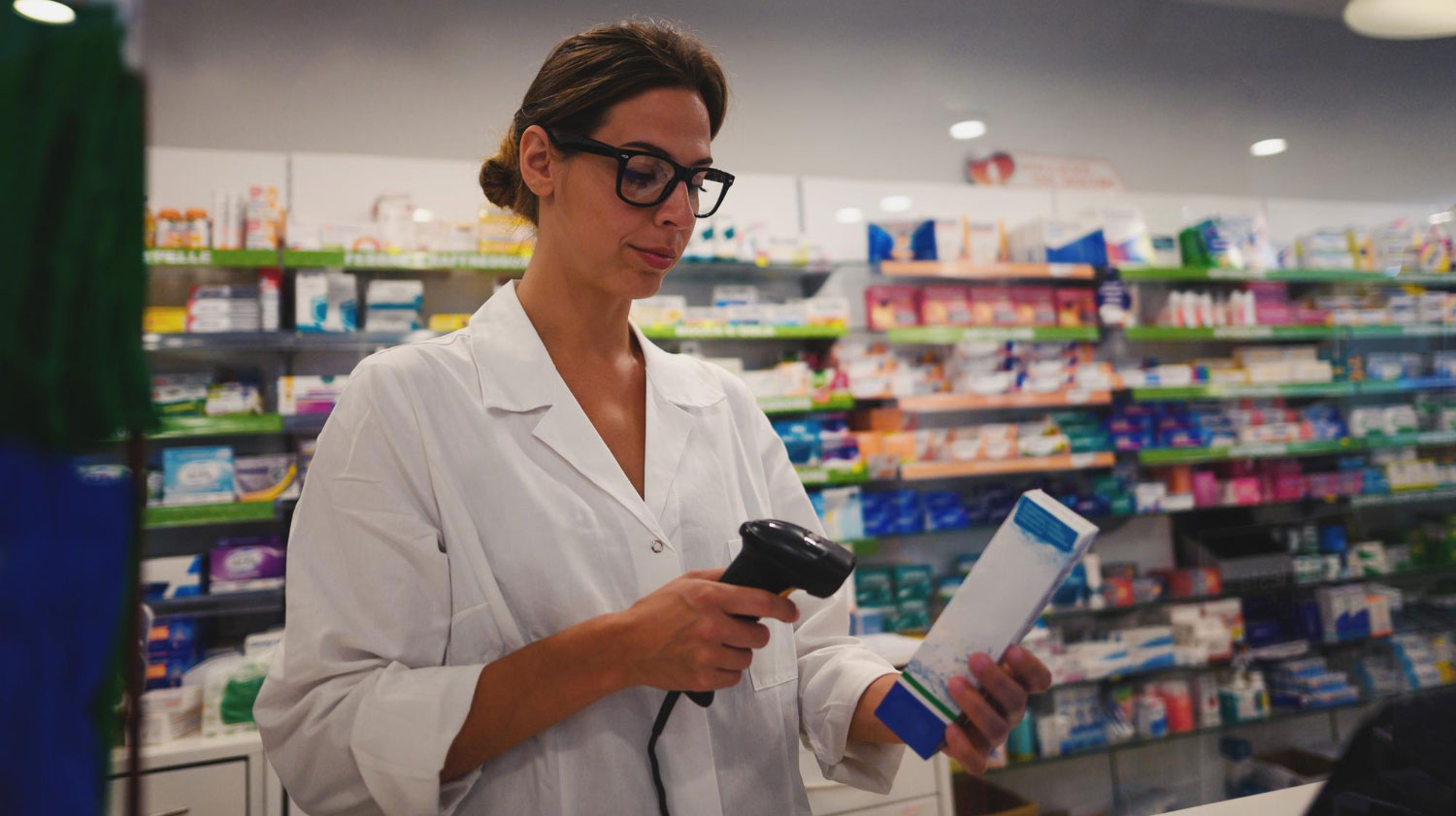
Drug recalls are crucial operations involving a coordinated effort across the healthcare ecosystem. Authorities oversee and regulate the recall process while healthcare professionals consider potential risks for patients. On the other hand, pharmacists ensure recalled drugs are removed and manufacturers detect the root cause of the recall and prevent recurrence. Pharmacists, along with other stakeholders in the supply chain such as distributors, warehouses, and hospital pharmacies, ensure that recalled drugs are effectively removed from circulation, provide guidance to patients, and facilitate the proper handling of affected products. Additionally, patients should understand the causes and implications of recalls to act timely and responsibly. Each stakeholder plays a critical role during recalls which increase patient safety and maintain trust in healthcare systems.
This operation underscores the significance of effective technologies for tracking and tracing pharmaceuticals. At Tiga Healthcare Technologies, we developed DrugXafe and the DrugXafe Mobile App to address the critical need for effective pharmaceutical tracking and tracing technologies. This national-scale, end-to-end pharmaceutical track and trace system is designed to address the critical issue highlighted by the WHO—that substandard and counterfeit products cause hundreds of thousands of deaths annually—and aims to prevent and eliminate this life-threatening problem. This system tracks and traces serialized pharmaceuticals at every stage of the supply chain, from production to the end-user. It sends notifications to pharmacists or other authorized personnel to prevent the sale or dispensing of recalled drugs or lots. Furthermore, the system can temporarily halt the sale of drugs identified as potentially dangerous even before a formal recall decision is made. In such cases, it informs users about the temporary suspension and, depending on the recall decision, either extends or terminates the suspension process. In addition to all these benefits, when integrated with our innovative product, Central e-Prescription, which fully digitizes the prescription process, the Pharmaceutical Track and Trace System enhances the capacity of the recall process, adding significant value. If a recalled medication is prescribed, the integration automatically prevents the prescription from being processed. If a drug is recalled after it has been dispensed to a patient, the system integrated with the e-Prescription System can identify which patients received the recalled medication. This enables the recall process to be managed on a patient-specific basis. These patients are directly notified, and their treatment plans can be adjusted accordingly.
The DrugXafe Mobile App, as a comprehensive and accessible product, provides users with critical drug information like approval status, recall information, expiration data and current price through a simple scan of the 2D Data Matrix on drug packages; it allows users to quickly check recall status and other essential details anytime and anywhere. Additionally, users can report adverse reactions of a pharmaceutical, accelerating a potential recall process and ensuring swift action to protect public health.
With our innovative products, we pioneer the future of the pharmaceutical industry. Our solutions, which guarantee regulatory compliance, increase operational efficiency and patient safety. Our forward-thinking approach and domain expertise behind these products allows us to set new standards for excellence and accuracy in drug management and beyond.
Let’s continue to shape a future where digital technologies leverage the pharmaceutical industry together, as always!
